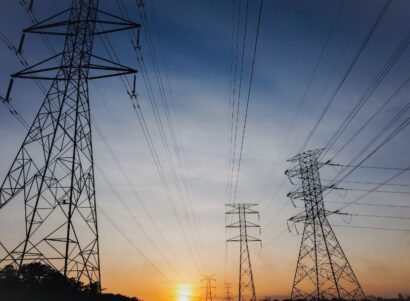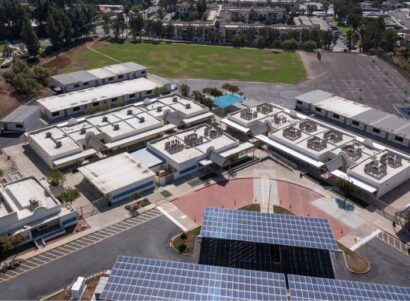Overview
The rapid growth of rooftop and other small-scale solar installations in California can help lower electricity bills for solar adopters and provide benefits to communities, such as lowering emissions from electricity generation. It is unclear, however, whether the rapid growth of distributed solar is occurring equitably across demographic and socioeconomic groups and whether historically disadvantaged environmental justice communities have been able to enjoy bill savings and other associated benefits of rooftop solar.
In the peer-reviewed study Distributed solar and environmental justice: Exploring the demographic and socio-economic trends of residential PV adoption in California, we analyze the cumulative and annualized (spatial and temporal) rates of rooftop solar adoption across California and compare those with data from the state’s cumulative impact EJ methodology (CalEnviroScreen).
Findings
We find that rooftop solar adoption correlates strongly with socioeconomic, health, environmental, and demographic indicators. Disadvantaged communities have persistently lower levels of solar penetration, suggesting that existing policies and programs to support solar growth bypass some of the state’s most vulnerable populations. These results provide a baseline from which to develop more effective policies, strategically design incentives, and track the efficacy of existing solar programs that target disadvantaged communities.

 Study
Study






